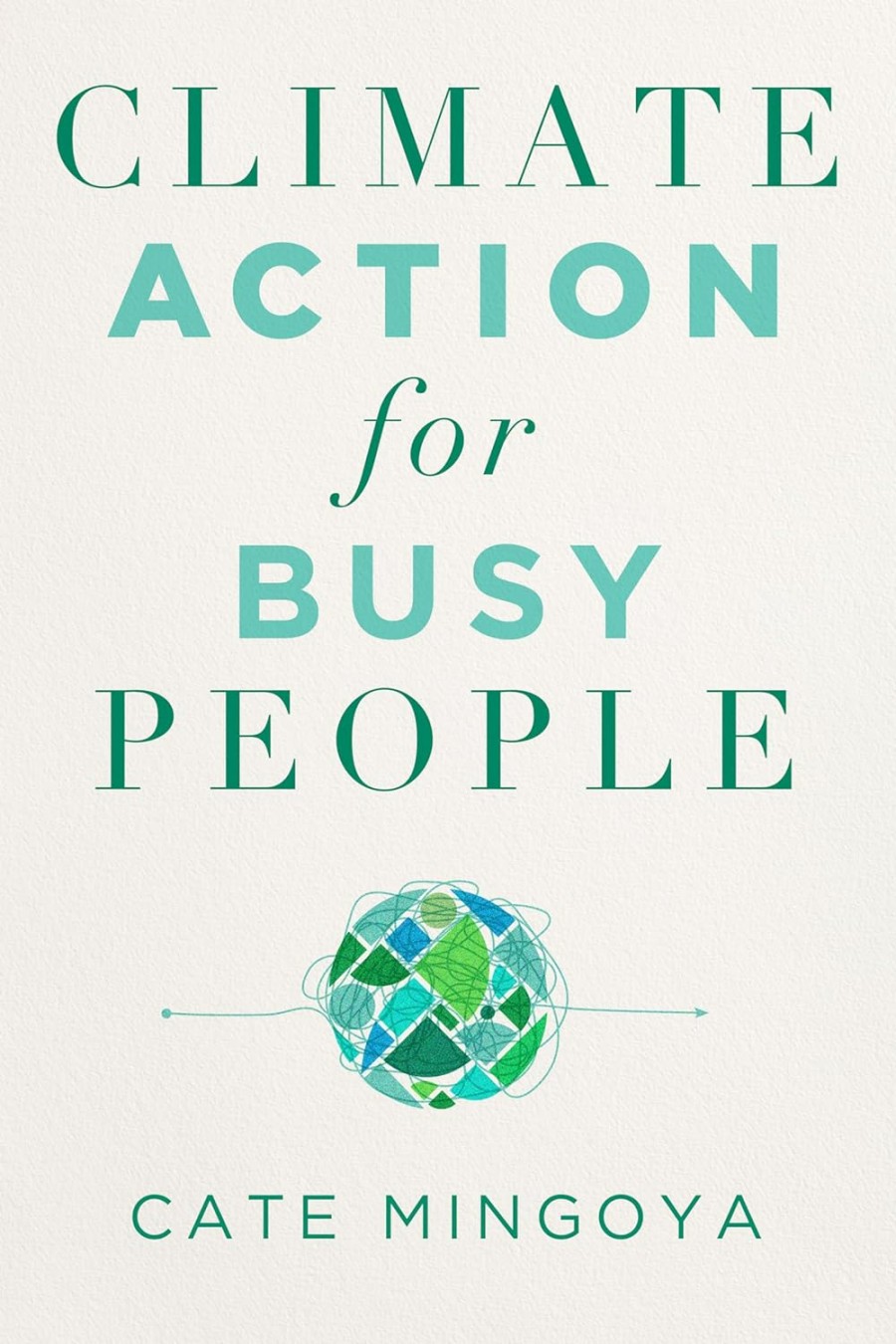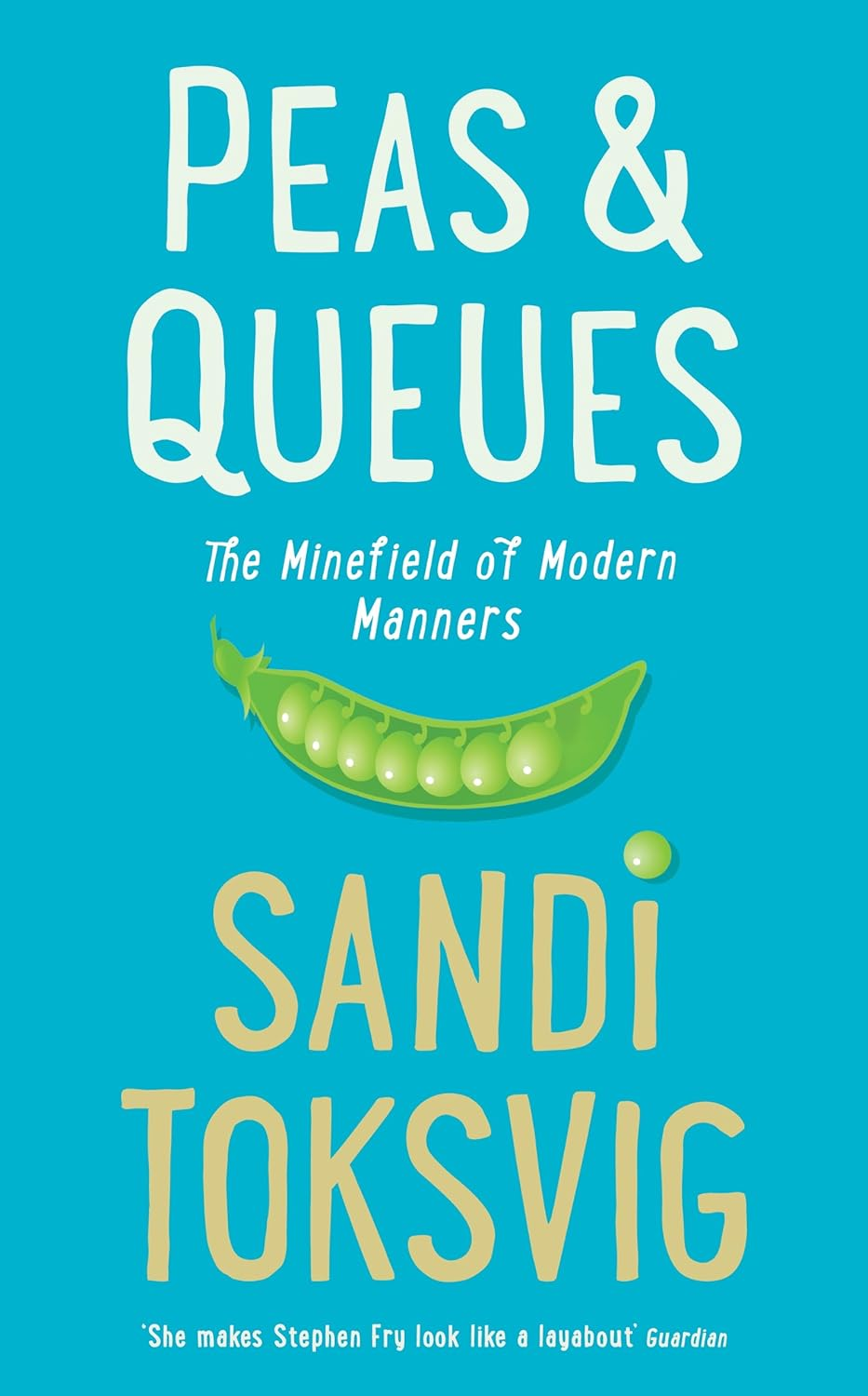How to Grow Free Food for Local People

A food desert is the kind of place, where the only shops for local communities are a small grocery shop selling frozen pizza and chips, and not much else. For people without cars or Internet Access, community gardens are a boon for local organic free food.
The Incredible Edible movement, which began Todmorden (Yorkshire), has changed how locals see food, public spaces, and community spirit. The project invites anyone to pick, plant, and share fresh produce grown in public places.
Read our posts on no-dig gardening, pet-friendly gardens and wildlife-friendly gardens.
Avoid facing indoor foliage to gardens, to help stop birds flying into windows.
Grass verges, canal paths, and unloved corners have become shared gardens. Volunteers plant herbs, berries, fruit trees, and veg in spots you’d never expect. People can pick fruit and nuts off trees, or pick some herbs for dinner, at the local train station!
Gardening sessions and workshops run throughout the year. People swap tips, learn about food, and meet neighbours they might never have spoken to before.
The movement has helped many pick up skills they can use at home or in their job. It’s also helped fight loneliness, and built stronger bonds in the town.
On Gardening Sundays, a tasty meal is provided for anyone who visits. Even if you’re ‘a bit wobbly’ and unable to garden, you are free to visit. This is about building community, in a place that has no paid staff, no buildings and no public funding. It’s held in the ‘greenest police station in England!’
Children can attend with adults, though ‘leave beautiful pets’ at home. Also let them know in advance, if you don’t want your photo taken. And bring sensible shoes!
The project’s ‘Little Library’ is also situated in the police station, full of crime novels, which amuses the local force! This global movement now has 100,000 little libraries.
And rather than locals watching divisive news programs, here locals cook pancakes or pakoras (in the mosque), to raise money for the local markets annual fundraiser.
The Incredible Medical Garden is a weekly session at the local health centre. There are themed growing beds, from herbs for cooking, health and beauty – to ones for women’s health and even mental health.
A Nationwide Garden Sharing Scheme

Garden sharing schemes bring people together by matching those who have spare garden space with those keen to grow their own fresh food. Lend & Tend is one of the most popular garden sharing platforms, helping hundreds of growers and garden owners connect.
Thousands of gardens sit unused or overgrown, simply because their owners don’t have the time, energy, or interest to keep up with them. Lend and Tend matches these untended spaces with people ready to make the most of them.
Working together, they bring neglected spaces to life, turning weedy plots into neatly kept, productive gardens.
Allotment waiting lists in many towns can run for years. Garden sharing is a shortcut to starting your own patch without delay. Tenders (gardeners) can get growing almost instantly, using someone’s backyard or unused land.
Any project like this is ‘peaceful politics in action’, as it gives people the opportunity to grow and share local organic food, rather than be dominated by supermarkets (which many people these days hardly have a choice in shopping anywhere else).
This organisation also works with community food groups and social housing providers, to deliver free access to gardens, and also place fresh food into local food banks. Anyone in the world is free to sign up, though it mostly focuses on the UK.
How Does Garden Sharing Work?
Simply put, you just search for a local landowner who has a garden that looks good for you! It may be a piece of land with raised beds, or a seriously overgrown patch of land that you can’t wait to get going on!
You can use land to grow organic food or flowers (always organic, to protect wildlife and the people and pets that live nearby). The yearly membership is very affordable, and you can also participate in local events like community picnics and tool-sharing.
Most ‘tenders’ buy their own organic seeds, and of course the end result is that the harvest is shared with the landowner, who kindly lent you their garden to grow. Decide in advance (from a basket of fresh vegetables to equal share of apples on a tree).
An example lender on the site is someone who can’t manage the large garden alone. It’s in the grounds of a listed building – a former market garden and allotment. It already has mature trees including hazelnut (leave some for the dormice!)
Apple Scrumping (made legal) – a guide!

Many landowners have large gardens with apple trees, but perhaps not the good health, time or tools to harvest them. So they fall to the ground as windfalls. Some get eaten by wildlife (good) but the rest just rot away (bad).
Apple chunks are choking hazards for babies and people with swallowing difficulties. Keep apple pips/seeds/cores away from pets due to natural cyanide.
Ask permission before feeding to equines, as too many cause colic. If given permission, feed cut up from a flat palm, to prevent choking).
Sheffield’s Abundance Network has a fantastic free handbook to download, to cover all you need to know for safe and legal scrumping!
It’s best not to take dogs with you, as fruit pips and seeds contain natural cyanide, and can even cause alcohol poisoning.
Picking apples is not an all-year affair. Timing is everything. The best period typically falls between late summer and early autumn. Depending on the variety, from July to October, apples reach their prime.
Check local harvest calendars to align your event with the ripening season to ensure a bountiful pick.
Finding the right spot is key. Consider local orchards, public parks, or community gardens. Some may allow free picking, while others might have partnerships or community days.
Be aware of property boundaries and ensure your chosen spot isn’t private land without permission. Remember, laws around foraging vary, so research local regulations to avoid any pitfalls.
Before baskets are filled, permissions must be secured. Contact property owners or local councils to discuss your plans. Written consent can prevent misunderstandings, keeping your event smooth and conflict-free. It fosters goodwill and often opens doors to more venues.
Equip yourself with essentials. You’ll need sturdy bags or baskets for collecting apples and possibly ladders for reaching higher branches. Don’t forget tools like pruners for neat cuts. Gloves can come in handy to avoid scratches. Bring refreshments to keep energy levels up.
Simple steps can prevent mishaps. Use stable ladders and encourage participants to work in pairs for safety. Younger children should always be supervised. Remind everyone not to overstretch for those tempting high apples.
Obviously leave some apples on the tree for birds and native wildlife.
Scrumping networks get a few fit volunteers together with ladders and tarpaulins, then they climb the trees to harvest the apples (or other fruits) and the surplus is shared.
Usually the landowner receives a third, the pickers receive a third – and any extra or mushy fruits go to the community, like making jam and juice to sell at bake sales.
Abundance Network says for it’s good to choose gardens with side gates, so you are not walking through people’s homes to get to their fruit. It’s also good to only pick fruit a few days before it’s going to be used, to ensure it doesn’t spoil.
Also invest in a bit of good equipment like telescopic poles and baskets to drop the ‘shaken apples’. You’ll likely also need liability insurance. You’ll also want comfy bags to carry harvested fruit.
And if making juice, invest in a pasteuriser, to make it safe for people to consume (unless sterilising all the containers yourself:
Heat your oven to 160°C, gas mark 3. Then place jars and lids (which have been washed, rinsed and drained in hot soapy water) in the oven for 15 minutes (remove rubber seals and simmer in water for 10 minutes).
Turn off the heat and then use the jars, while still warm.






